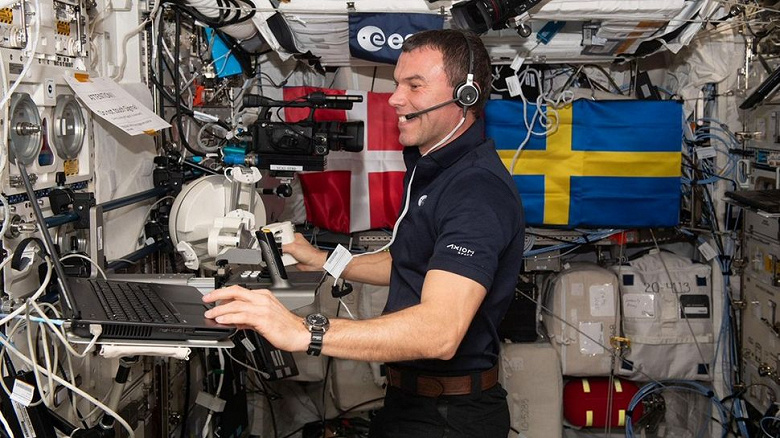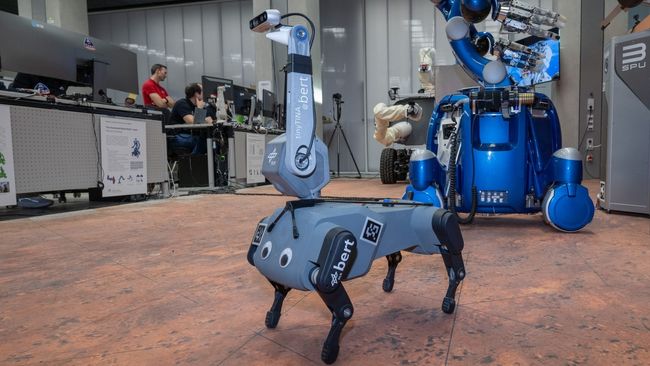Virtual tandem conducted a successful experiment simulating communication delays in interplanetary missions
During a simulated mission to Mars, ISS astronaut Markus Wandt successfully controlled a robot named Bert, who remained on Earth. This experiment aims to demonstrate progress in the development of space robotics and its potential for the exploration of other planets.
Burt — This is a four-legged robot that differs from its predecessors in the ability to move not on wheels, but on legs. This system allows the robot to explore rough terrain, climb hills and penetrate caves — tasks that were previously difficult for robots equipped with wheels. This makes Burt a particularly useful tool for future space missions, including exploration of the surface of Mars.
The experiment was carried out as part of the Surface Avatar project, jointly between the German Space Agency (DLR) and the European Space Agency (ESA). In addition to Bert, the humanoid robot Rollin' took part in the experiment. Justin, on wheels, and the ESA Interact Rover. The team successfully installed a short tube that will serve as a simulation of a scientific instrument on a Mars mission.
Control of robots during space missions faces challenges associated with delays in signal transmission between Earth and other planets, as this requires new methods of operation and information transfer. In addition, astronauts on the ISS also experience a delay of several seconds between their actions in orbit and the actions of robots on the surface of the planet.
«Until now, astronauts have only remotely controlled robots equipped with wheels from space. But Bert has mastered several types of gait and, thanks to movement on his feet, can help explore even rough terrain, including small caves that his teammates with wheels cannot reach. write DLR representatives.

DLR continues to conduct exercises and experiments with astronauts on the ISS for years. This latest experiment continues the July 2023 study of “time delays affecting robot control during space missions.”
ESA is actively working on the Artemis program, which aims to send astronauts to the surface of the Moon in the coming years. This program also plans to establish a base on the Moon and establish a permanent presence at the lunar south pole, where potential resources useful for space missions are located.
DLR robots intended for use on the Moon could form the basis for future missions to Mars, with preliminary testing of their technological reliability and safety.

